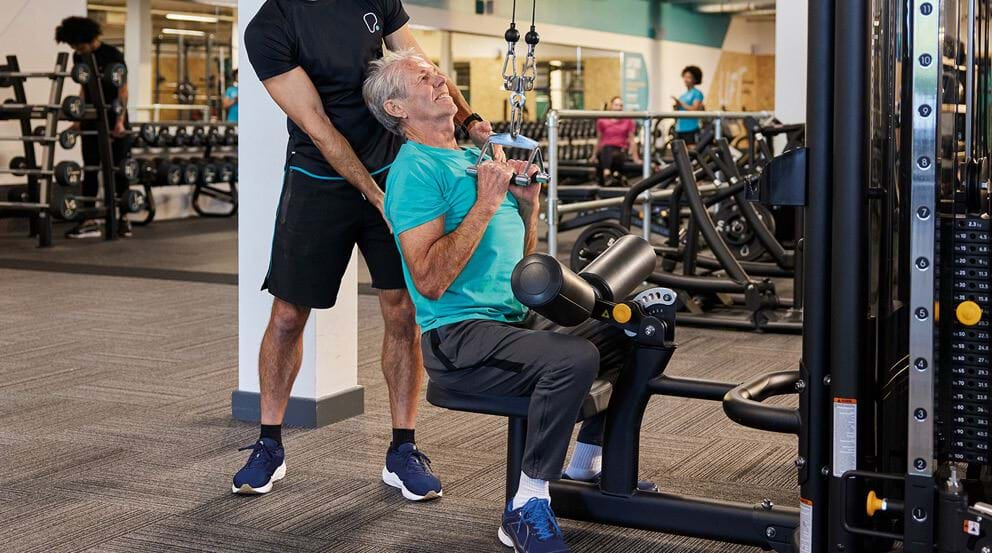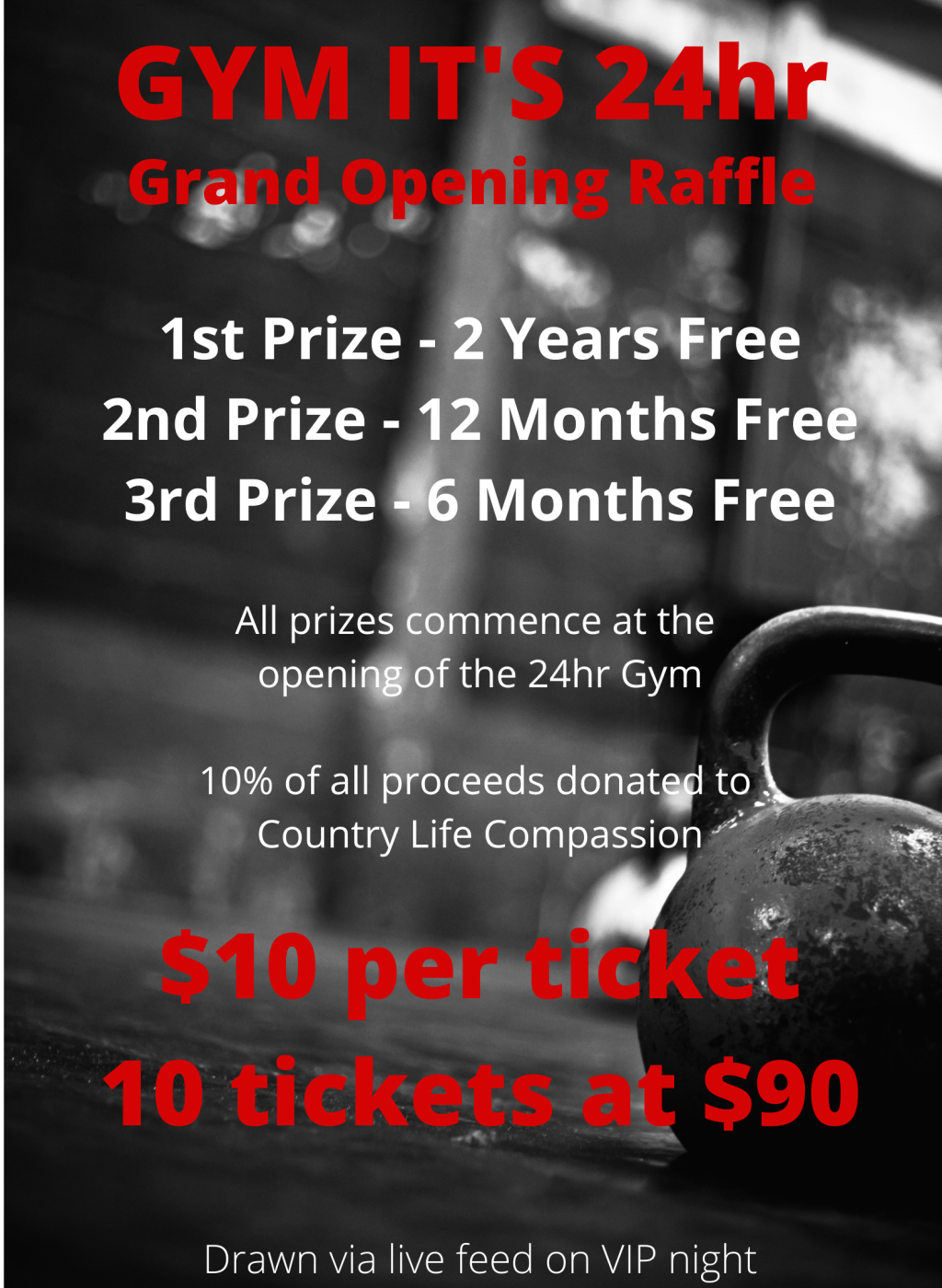As we age, maintaining strength, balance, and independence becomes more important than ever. The great news? You don’t need to spend hours lifting heavy weights to see life-changing results — resistance training is one of the most effective, safe, and empowering ways for older adults to stay strong, mobile, and confident.
Why seniors should do resistance training
Maintain Strength and Independence
From carrying groceries to getting out of a chair, strength plays a role in every daily task. Resistance training helps preserve muscle mass, making everyday life easier and reducing the risk of falls and injuries.
Improve Bone Health
As we age, bone density naturally declines. Strength training sends signals to your bones to stay strong, helping prevent osteoporosis and fractures.
Boost Balance and Coordination
Working the muscles that support your joints improves stability and confidence with movement — especially important for preventing falls.
Support Metabolism and Weight Management
Muscle tissue burns more calories than fat, even at rest. That means resistance training can help keep your metabolism active and support healthy weight management well into your later years.
Improve Mood and Cognitive Function
Exercise releases endorphins that boost mood and sharpen the mind. Studies show regular strength training can improve memory and reduce symptoms of depression and anxiety.

What happens when you stumble - and how your muscles save you
Ever wondered what actually helps you catch yourself when you trip or lose balance? It’s not luck — it’s your muscle fibers and your nervous system working in perfect sync.
Type IIa (Fast-Twitch Oxidative) Fibers – the “Reactive” Fibers
These fibers respond quickly and powerfully to sudden movements. They’re the ones that spring into action when you stumble — firing fast to move your foot, shift your weight, or grab balance before you fall.
Type I (Slow-Twitch) Fibers – the “Stabilizers”
These slower fibers keep your posture steady and your body aligned. They work quietly in the background, maintaining balance during everyday activities like standing, walking, or turning.
Together, these muscle fibers help you:
– React quickly when balance is challenged
– Stay upright and stable even during sudden shifts
– Move confidently with reduced risk of falls
The stronger and better trained these fibers are, the more efficiently your body can react when life throws you off balance. That’s why resistance training and balance work are such powerful tools for staying independent and mobile as you age.
How seniors should start resistance training
Start Light and Progress Gradually
You don’t need to start with heavy weights. Begin with bodyweight exercises, light dumbbells, or resistance bands. Focus on mastering form first — quality over quantity.
Focus on Major Muscle Groups
Include movements that work the legs, hips, back, chest, arms, and core. Exercises like squats to a chair, wall push-ups, seated rows, and step-ups are great starting points.
Train Two to Three Times a Week
Consistency is key. Two to three sessions per week is ideal for progress and recovery, leaving time for walking, stretching, or other activities you enjoy.
Warm Up and Cool Down
Spend five minutes warming up with gentle movements or a light walk. Finish with slow stretches to keep joints flexible and muscles supple.

Listen to Your Body
Mild muscle fatigue is normal, pain is not. Work at a comfortable pace and rest when needed. If you have medical conditions, check with your GP or exercise professional before starting.
It's never too late - and the earlier you start the better you age
No matter your age, your muscles are capable of growth and adaptation. Seniors who start resistance training often see strength, balance, and confidence improve within weeks. It’s never too late to begin — and every rep counts toward a stronger, steadier future.
For younger adults, training now is like building an insurance policy for your later years. The muscle, bone density, and coordination you build early help slow the natural decline that comes with aging. The stronger you are now, the smoother the journey into your later years will be.

